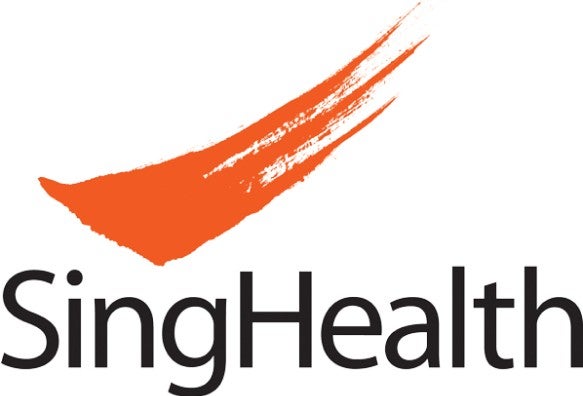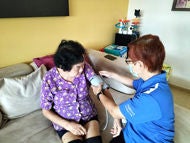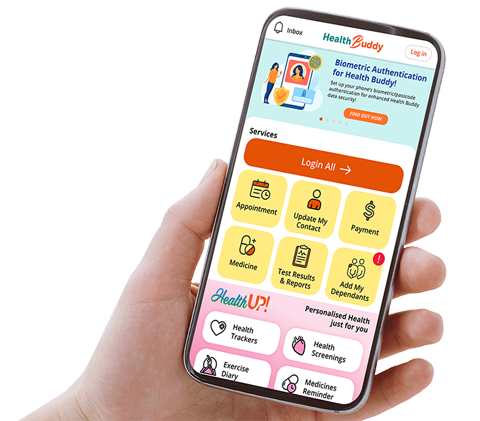What is - Diabetes Management
Diabetes mellitus is a chronic illness, caused by the inability of the pancreas to secrete enough of a hormone called insulin or the body losing its ability to use insulin.
Insulin controls the transfer of sugar (glucose) from the bloodstream into body cells. For people with diabetes, the absence or insufficient production of insulin results in elevated blood sugar levels or hyperglycaemia.
According to data from the International Diabetes Federation, 230 million people worldwide have the disease and this is expected to affect 350 million people by 2025.
Diabetes Management - Causes and Risk Factors
Diabetes and Heart Disease
Treatment for Diabetes Management
Treatment and Lifestyle Changes
- A balanced diet – You should avoid foods high in cholesterol and saturated fats such as animal fats, whole milk products, eggs, red meat such as beef and lamb, coconut milk and palm oil. Instead, choose lean meat, fish and low-fat dairy products and increase your intake of fruits and vegetables. Watch your sugar intake as well, opting for foods and drinks that are less sweet.
- Exercise regularly – It is important that you exercise at least three times a week. Although there are many kinds of physical activities you can do, walking is one of the best forms of exercise. Check with your doctor on which types of physical activities are suitable for you.
- Watch your weight – Calculate your Body Mass Index [BMI = Weight (kg) / Height (m) x Height (m)], which will give you a good idea of whether you are keeping a healthy weight. A healthy range should be between 18.5 and 22.9. The ratio for waist and hip [Waist (cm) / Hip (cm)] is also important, which should be less than 1. Women should aim for a waist of 80cm and men less than 90cm.


The information provided is not intended as medical advice. Terms of use. Information provided by SingHealth.
Condition Treated At
Department
Cardiology
Department
Diabetes & Metabolism Centre (DMC)
Department
Endocrinology
Department
General Medicine
Get to know our doctors at SingHealth Hospitals in Singapore.
Get to know our doctors at SingHealth Hospitals in Singapore. here.





















